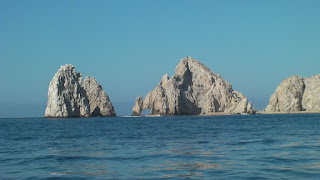A minap a városban császkálva az egyik metrómegállóban különböző városok metróinak a posztereivel találtam szembe magam. És természetesen ott volt Magyarországé is. :)
Tudtad, hogy az európai kontinensen a mi kedves kis sárga földalattink volt az első metró?, És hogy az angolok után mi büszkélkedhetünk Európában a legrégibb földalattival, sőt a világon is a negyedik legrégibb a kisföldalatti.
De vajon melyik az első három? Wiki segített a válaszban: az első (mint fent is említettem) a londoni Underground (1863), a másodikat New Yorkban építették 1870-ben (ami egyébként a legtöbb (422) állomással is rendelkezik), a mi földalattinkat pedig még a chicagoi "L" előzi meg, 1892-ben.
Mint sokan tudják, a mi földalattinkat 1896-ban építették a milleneumi ünnepségek alkalmából (többek között a Hősök terével és a Városligettel egyetemben). Az átadás Ferenc József jelenlétében, május 2-án történt (eredetileg a költészet napján, április 11-én lett volna, de műszaki okokból ez nem sikerült.)
A cél az volt, hogy a város szívéből - a Deák tér, Vörösmarty térről - a milleneumi ünnepségek fő helyszínére, a Hősök terére szállítsa a belföldi és külföldi vendégeket.
A földalattit 2002-ben az Andrássy úttal egyetemben a Világörökség részévé nyilvánították.
The other day while strolling in the city, I found some interesting posters at one of the metro stations: it showed the different metros of several cities and countries. Of course, the Hungarian was among them.
Did you know that the Hungarian metro was the first in the European continent? And that it was the second in all Europe after the London one. Furthermore, it is the 4th oldest metro in the world!
And which ones are the first three? Well, as I mentioned before, the first (oldest) metro in the world is the London Underground (built in 1863), the second was built in New York in 1870 (which by the way has the most stations (422)), the third is in Chicago (1892).
The Hungarian metro (foldalatti or M1 as we call it) was built in 1896 for the millenarian festival of the county`s foundation. (The Heroes Square that is so popular among tourists was also built for this occasion.) The metro was inaugurated on 2nd May, 1896 by Emperor Franz Joseph. (The original date was 11th April (the day of poetry in Hungary), but had to be delayed due to technical complications.)
The aim of the metro was to take the visitors from the heart of the city (Deak and Vorosmarty Square) to the Heroes Square, the main location of the festivals.































